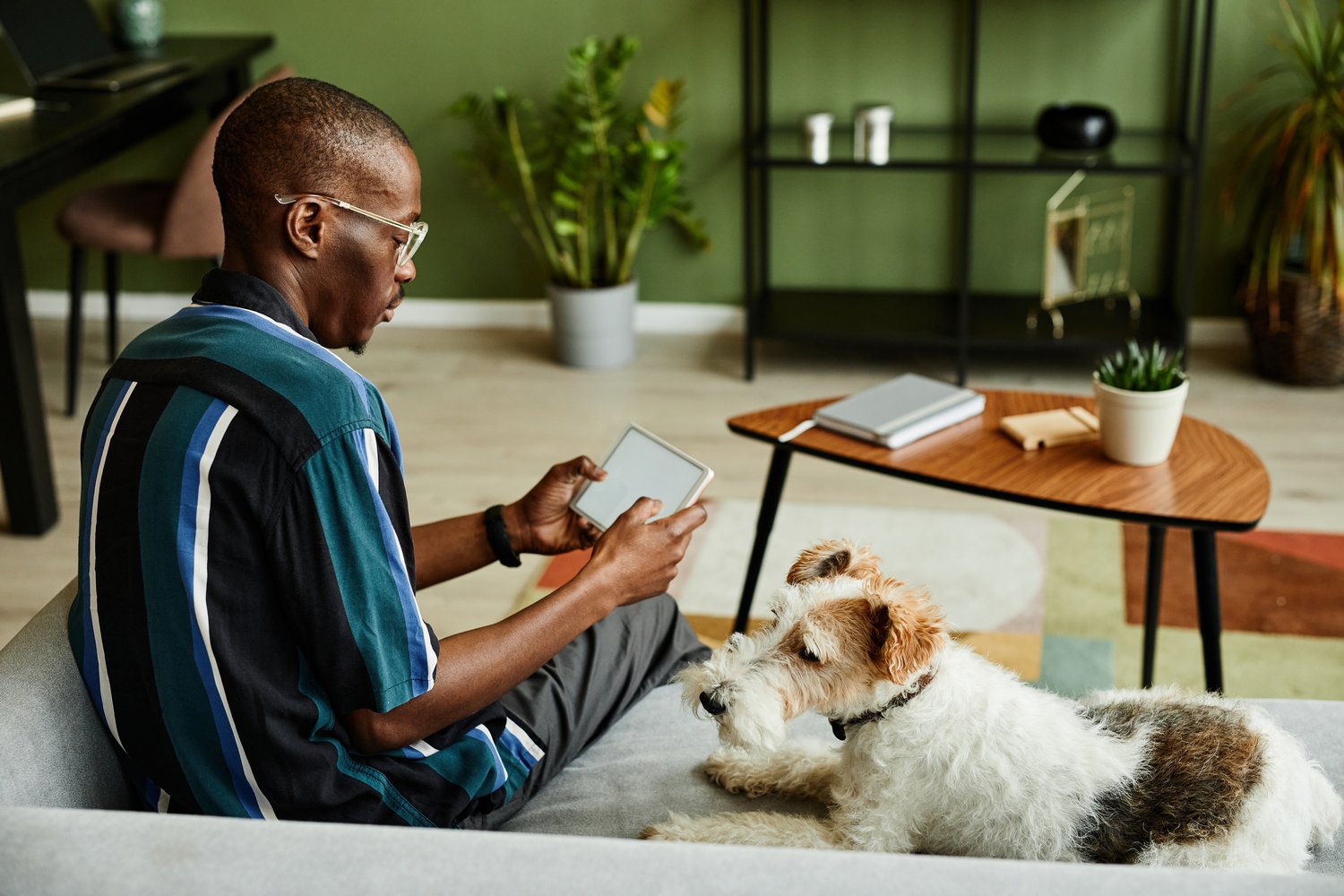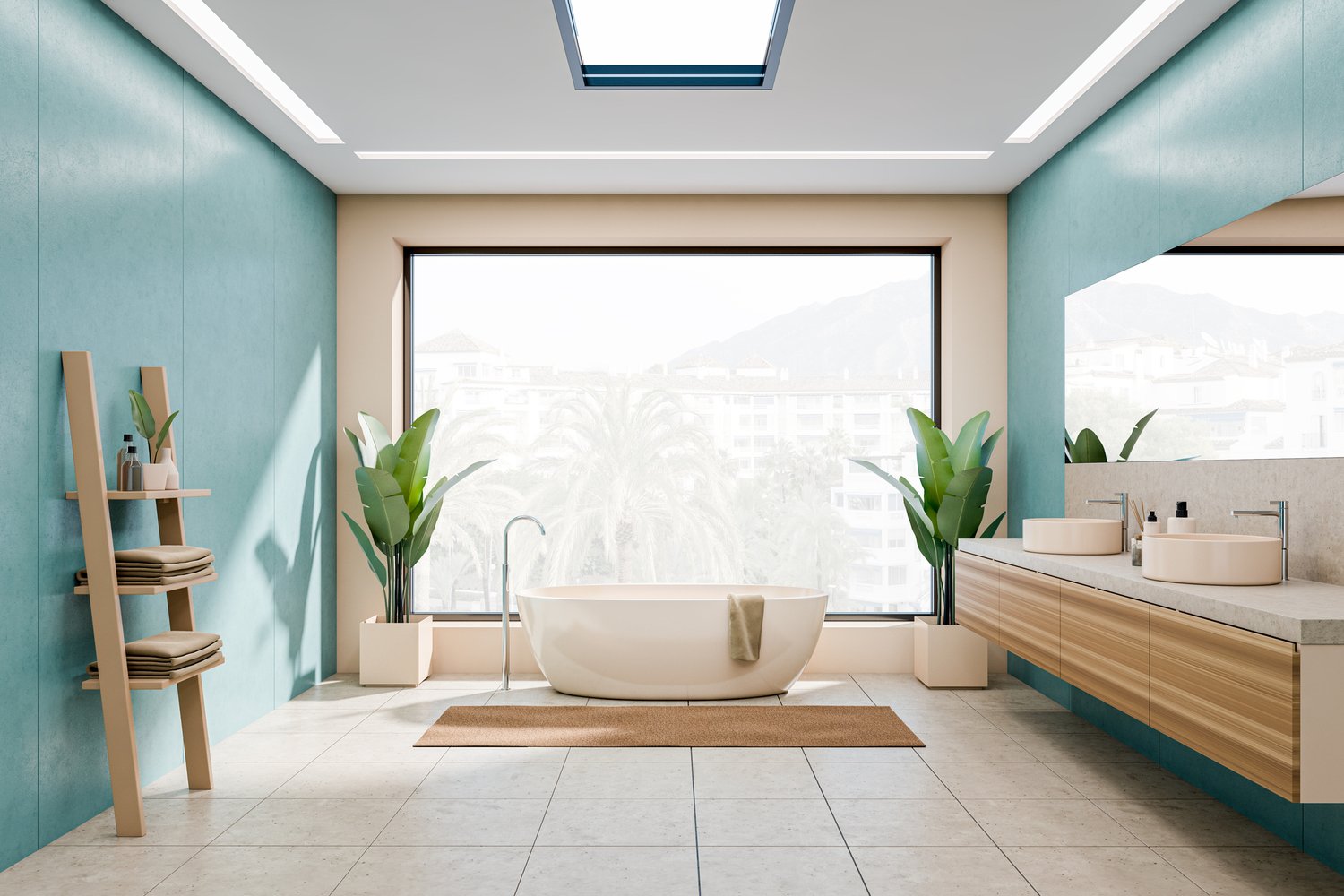Living with pets brings immeasurable joy and companionship, but it also presents unique challenges when it comes to maintaining your home’s appearance. One of the biggest concerns for pet owners is selecting furniture upholstery that can withstand the wear and tear that comes with furry family members. From shed hair and muddy paws to sharp claws and occasional accidents, pets can put your furniture through considerable stress. This guide will help you navigate the world of pet-friendly upholstery options, ensuring your home remains both stylish and practical for all its inhabitants.
Understanding the Pet-Furniture Challenge
Pet owners face a distinct set of considerations when shopping for furniture. Traditional upholstery choices often fall short when subjected to the daily realities of pet ownership. Delicate fabrics can quickly become scratching posts for cats, while porous materials might permanently trap odors from dog accidents. Additionally, some textured fabrics act like magnets for pet hair, making cleaning a never-ending battle. Recognizing these challenges is the first step in selecting durable couch fabric for pets that will maintain its appearance and structural integrity over time.
Top Pet-Friendly Upholstery Materials
When it comes to pet-friendly upholstery, certain materials consistently outperform others. Microfiber stands out as an excellent option for pet owners due to its tight weave that resists claws and prevents pet hair from becoming embedded. This synthetic fabric is also water-resistant, making it easier to clean up accidents before they set in. Leather, particularly full-grain leather, offers remarkable durability and becomes more character-filled with age. While it may show scratch marks initially, leather tends to develop a patina that incorporates these marks into its overall appearance, often enhancing its charm. For cat owners specifically seeking cat-scratch resistant furniture, tightly woven synthetic blends offer excellent resistance to sharp claws while maintaining an attractive appearance.
Materials to Avoid with Pets
Just as important as knowing what works well is understanding what doesn’t. Velvet, while luxurious, is a pet hair magnet and shows water spots prominently. Silk and linen, though elegant, lack the durability needed for homes with active pets and can be permanently damaged by claws or accidents. Loosely woven fabrics not only trap hair but also provide irresistible loops for pets to catch their claws in, potentially leading to snags and tears. Choosing a dog-proof sofa material means avoiding these delicate options in favor of more resilient alternatives that can withstand enthusiastic pets.
Color and Pattern Considerations
Beyond material selection, color and pattern choices significantly impact how well your furniture conceals the evidence of pet cohabitation. Medium tones generally hide pet hair better than very light or very dark colors. For example, tan, heather gray, and taupe effectively mask both light and dark pet hair. Patterns and textures can also work wonders in camouflaging pet hair and minor stains. A subtle tweed or small pattern creates visual interest while strategically hiding the occasional pet-related imperfection. This practical approach to aesthetics allows you to maintain a clean appearance with less constant maintenance.
Protective Treatments and Solutions
Even the most pet-friendly upholstery benefits from additional protection. Professional fabric treatments can add water and stain resistance to almost any upholstery material. Many furniture manufacturers now offer built-in stain-resistant technologies, making maintenance significantly easier. For existing furniture, products like AskHomey recommended fabric protectors can be applied to create a barrier against stains and moisture without changing the look or feel of your furniture. These treatments are particularly valuable for homes with puppies or elderly pets who may have occasional accidents.
Maintenance Tips for Pet Households
Regular maintenance dramatically extends the life of your pet-friendly upholstery. Vacuuming at least twice weekly with an upholstery attachment removes hair before it becomes embedded in fabric fibers. Promptly addressing spills and accidents with appropriate cleaners prevents permanent staining and odor retention. Keeping pet nails trimmed reduces the potential for fabric snags and tears, while providing appropriate scratching alternatives for cats helps protect your cat-scratch resistant furniture from becoming an unintended target. These simple habits establish a peaceful coexistence between your beloved pets and cherished furniture.
Slipcover Solutions
For the ultimate flexibility in pet-friendly decorating, consider washable slipcovers. Modern slipcovers come in stylish designs that fit furniture precisely, offering the appearance of upholstered pieces with the convenience of machine washing. This option allows you to maintain a fresh, clean home regardless of what adventures your pets embark upon. Some pet owners maintain seasonal slipcovers, using darker colors during muddy seasons and lighter options during drier months. This adaptable approach accommodates both your aesthetic preferences and practical needs.
Making the Final Decision
Selecting the perfect pet-friendly upholstery ultimately requires balancing durability, maintenance requirements, aesthetics, and budget. The best choice depends on your specific household situation, including pet types, their habits, and your lifestyle. Testing fabric samples with your pets can provide valuable insights before making a significant furniture investment. Remember that even the most durable dog-proof sofa material benefits from reasonable boundaries and pet training. With thoughtful selection and proper care, beautiful furniture and beloved pets can harmoniously share your home for years to come.
For more tips and to connect with reliable home service professionals, follow AskHomey on Facebook and Instagram.



